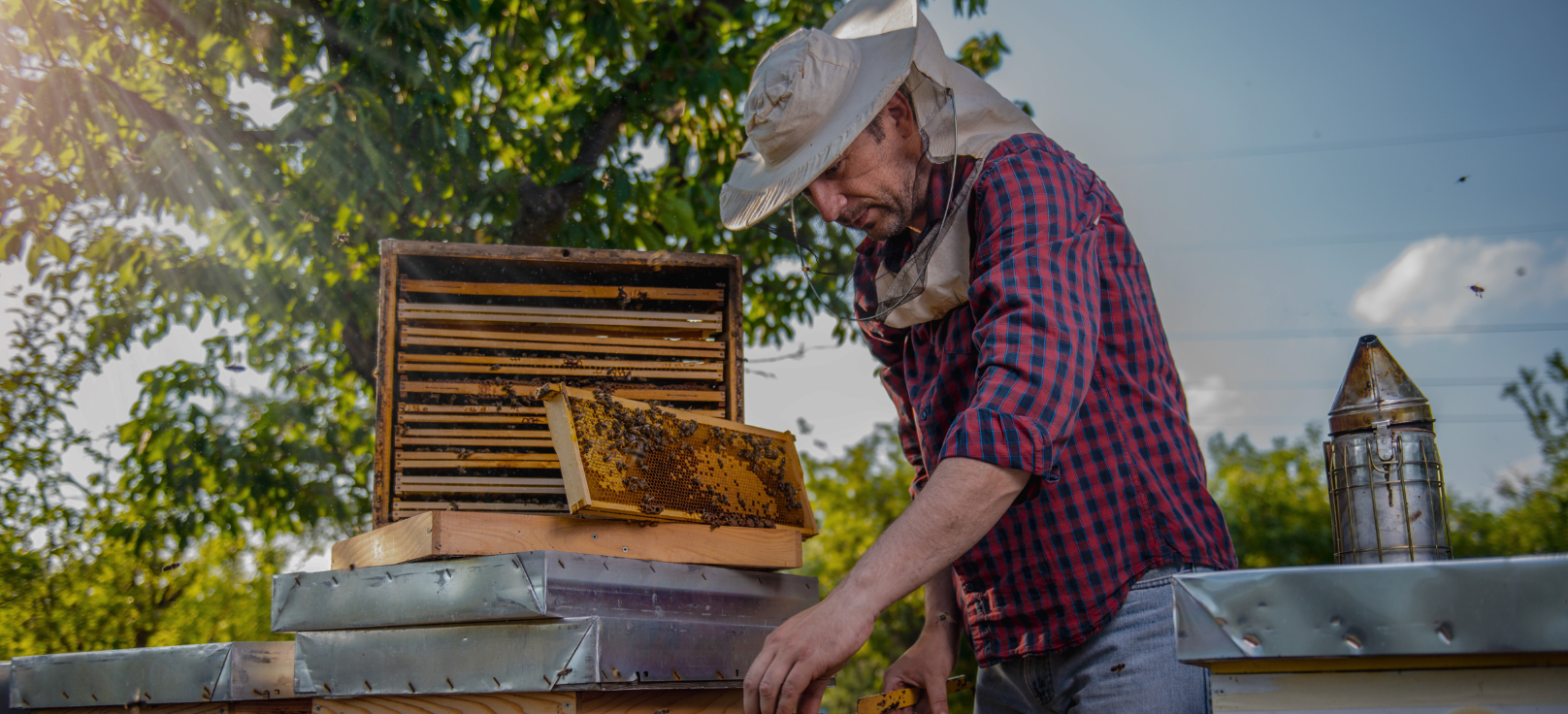Beekeeping Equipment: Covering the basic tools & protective gear needed for beekeeping
Beekeeping is a rewarding hobby that can turn into a profitable business. Whether you’re a novice or an experienced apiarist, having the right equipment is crucial for the success and safety of your beekeeping endeavors. Below, we delve into the essential tools and protective gear every beekeeper should have, including hives, suits, smokers, and extractors.
1. Beekeeping Suits and Protective Gear
Safety first! Beekeeping suits are indispensable as they protect you from bee stings, ensuring you can work with your hives confidently. A good beekeeping suit should cover your entire body and include a veil that shields your face while offering good visibility. Gloves are also crucial; they should be thick enough to prevent stings but flexible enough to allow easy handling of your tools. Don’t forget foot protection—durable boots can prevent stings on your feet.
2. Beehive: Heart of Your Apiary
The hive is the central element of beekeeping. There are several types of hives to consider:
- Langstroth Hive: The most common type, known for its ease of use and maintenance. It consists of vertically hanging frames, a bottom board, a box for brood rearing, honey supers above for honey storage, and a cover.
- Top-Bar Hive: Ideal for natural beekeepers, it allows bees to build comb naturally without foundation frames.
- Warre Hive: Designed to mimic the bees’ natural environment, focusing on vertical expansion and minimal maintenance.
Choosing the right type depends on your beekeeping style, local climate, and management preferences.
3. Smokers: Calming Your Bees
A smoker is an essential tool to calm bees when working your hive. The smoke masks alarm pheromones released by the guard bees and encourage deeper penetration into the hive. It should be used judiciously to ensure the bees are not overly stressed. The smoker consists of a fire chamber where you burn materials like pine needles, hessian, or untreated burlap, which produce cool, white smoke.
4. Hive Tools: The Beekeeper’s Best Friend
A hive tool is a versatile piece of equipment used for prying apart hive bodies and scraping wax and propolis off of the hive parts. This simple tool is indispensable for hive inspections and routine maintenance. Common types include the standard flat hive and J-hook hive tools, which offer additional leverage.
5. Extractors: Harvesting Your Honey
When it comes time to harvest honey, an extractor is vital. This tool spins honey out of the frames via centrifugal force. Extractors come in manual and electric models and vary in size from small, two-frame extractors perfect for hobbyists to larger multi-frame extractors used by commercial beekeepers.
6. Additional Accessories
Other helpful accessories include:
- Bee Brush: Gently remove bees from the comb.
- Queen Excluder: Keeps the queen away from the honey supers.
- Feeders: Essential for supplemental feeding during colder months or when nectar is scarce.
- Uncapping Knife: Used to slice open honey cells for extraction.
Conclusion
Equipping yourself with the right tools and knowledge is the first step toward successful beekeeping. While initial investments into good quality equipment might seem substantial, they pave the way for a fulfilling and potentially profitable beekeeping experience. Remember, the more comfortable and confident you are in handling your bees and equipment, the healthier your bees and the more productive your hives will be.











































































